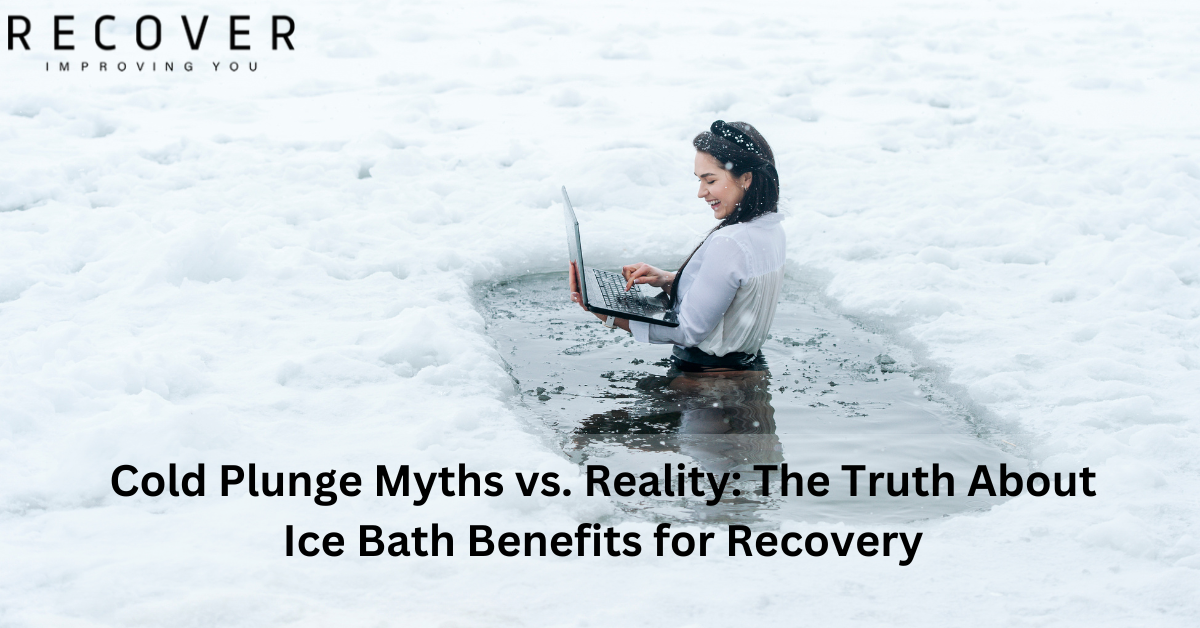
In recent years, cold plunge therapy has surged in popularity, with everyone from elite athletes to wellness enthusiasts embracing the icy waters. Yet, as with many trending wellness practices, a cloud of myths and misinformation surrounds this powerful recovery method. Some claim it's a miracle cure for everything, while others dismiss it as nothing more than a painful fad.
The truth, as always, lies somewhere in the middle. Let's dive into the frigid waters of fact and fiction to debunk the most common cold plunge myths while highlighting the genuine, science-backed benefits this practice offers.
The Cold Hard Truth: Understanding Ice Bath Science
How Cold Water Immersion Actually Works?
Before we tackle the myths, let's establish a baseline understanding of what happens physiologically during a cold plunge. When you immerse your body in cold water (typically between 45-59°F or 7-15°C), several processes occur:
-
- Vasoconstriction: Blood vessels near the skin contract, reducing blood flow to extremities
- Core temperature protection: Your body works to maintain its internal temperature
- Nervous system response: Cold exposure triggers a parasympathetic nervous system reaction
- Hormonal changes: Release of norepinephrine, endorphins, and other biochemical compounds
Understanding these fundamental responses helps distinguish between cold plunge facts and fiction.
Common Cold Plunge Myths: Debunking Misconceptions
MYTH #1: "Cold Plunges Are Dangerous for Most People"
One of the most persistent cold plunge myths is that they're inherently dangerous and should only be attempted by elite athletes or the extremely fit. While caution is certainly warranted, research indicates that cold immersion therapy can be safely practiced by most healthy individuals when done correctly.
THE FACTS: Cold plunges can be safely incorporated into most wellness routines with proper precautions:
-
- Start with shorter durations (1-3 minutes) and gradually build tolerance
- Begin with moderately cold water (55-60°F) before attempting colder temperatures
- Breathe deeply and remain calm during immersion
- Never plunge alone, especially as a beginner
- Exit the water if you experience intense discomfort beyond the initial cold shock
Dr. Melissa Chen, sports medicine specialist, explains: "When introduced gradually and with proper technique, cold water immersion is generally safe for healthy individuals. The key is respecting your body's limits and building tolerance over time."
However, those with certain medical conditions should exercise caution or avoid cold plunges entirely. These include:
-
- Uncontrolled high blood pressure
- Heart conditions
- Raynaud's disease
- Pregnancy
- Open wounds or skin infections
MYTH #2: "Longer Ice Baths Are Always Better"
A dangerous misconception in cold therapy circles is that more time equals more benefits. This "no pain, no gain" mentality has led many enthusiasts to endure unnecessarily long immersions.
THE FACTS: Research shows that most cold plunge benefits can be achieved in relatively short sessions:
-
- Optimal duration for most recovery benefits: 8-15 minutes
- Temperatures between 50-59°F (10-15°C) are effective for recovery
- Benefits begin to plateau after 10-15 minutes, with potential negative effects after too long
- Extremely cold water (below 45°F/7°C) doesn't necessarily provide additional benefits but increases risks
"The dose makes the poison," notes recovery specialist James Wong. "Extended exposure beyond 15 minutes rarely provides additional benefits but increases the risk of hypothermia and excessive stress on the body."
MYTH #3: "Cold Plunges Immediately After Exercise Maximize Muscle Growth"
Many fitness enthusiasts believe that immediately jumping into an ice bath after strength training will supercharge their muscle gains. This myth has been particularly persistent in bodybuilding communities.
THE FACTS: Timing matters significantly when it comes to cold plunge benefits:
-
- Immediate cold exposure after strength training may blunt certain hypertrophy (muscle-building) signals
- Research suggests waiting 3-4 hours after hypertrophy-focused workouts before cold immersion
- For endurance or high-intensity interval training, immediate cold therapy appears beneficial for recovery
- For competition or multi-day training events, immediate cold immersion can help maintain performance
Exercise physiologist Dr. Sarah Thompson explains: "If your primary goal is muscle growth, consider delaying cold plunges by several hours after strength training. However, for endurance athletes or those managing overall training load, immediate cold immersion continues to show recovery benefits."
MYTH #4: "Cold Plunges Burn Significant Calories and Fat"
With the rise of cold therapy for weight management, many believe that regular ice baths are a shortcut to burning fat and losing weight.
THE FACTS: While cold exposure does impact metabolism, the effects are often overstated:
-
- Cold exposure activates brown adipose tissue (BAT), which generates heat by burning calories
- However, humans have relatively little BAT compared to other mammals
- A typical 10-15 minute cold plunge burns approximately 50-100 extra calories
- Long-term adaptation to cold may improve metabolic health markers
- Cold exposure alone is unlikely to create significant weight loss without dietary changes
"Cold plunges can complement a comprehensive approach to metabolic health," says nutritionist Dr. Michael Reed, "but they're not a magic bullet for weight loss. The metabolic impact is real but modest compared to dietary interventions and regular exercise."
MYTH #5: "All Cold Plunge Benefits Are Just Placebo Effects"
On the opposite end of the spectrum, skeptics sometimes dismiss all cold therapy benefits as merely placebo effects with no scientific basis.
THE FACTS: Multiple peer-reviewed studies have demonstrated measurable physiological effects from cold water immersion:
- Reduced inflammatory markers after exercise
- Decreased muscle soreness and accelerated perceived recovery
- Measurable changes in stress hormone levels
- Improved parasympathetic nervous system activation
- Enhanced blood flow after the initial vasoconstriction phase
Sports scientist Dr. James Corbett notes: "While individual responses vary, and some benefits may be enhanced by positive expectations, cold water immersion produces measurable physiological changes that extend well beyond placebo effects."
The Real Benefits of Cold Plunge Therapy: What Science Supports
Cold Plunge Benefit #1: Enhanced Recovery for Athletes
Behind the hype lies substantial evidence that cold plunges can accelerate recovery after intense exercise:
-
- Research published in the Journal of Strength and Conditioning Research found that athletes using cold water immersion reported significantly lower perceived muscle soreness in the 24-72 hours following intense training
- Cold exposure reduces pro-inflammatory cytokines while preserving anti-inflammatory responses
- Improved sleep quality following cold immersion may further enhance recovery processes
For professional triathletes like Sarah Martinez, ice baths are non-negotiable: "I've experimented with various recovery methods throughout my career, and nothing matches the consistent recovery benefits I get from my post-training cold plunges, especially during heavy training blocks."
Cold Plunge Benefit #2: Stress Resilience and Mental Fortitude
One of the most well-documented cold plunge benefits extends beyond physical recovery to mental resilience:
-
- Regular cold exposure has been shown to increase norepinephrine levels by up to 530%
- Cold immersion activates the vagus nerve, potentially improving stress response
- Controlled exposure to physical stressors may improve resilience to psychological stressors
- Many practitioners report improved mood and reduced anxiety after regular cold therapy
"The cold is an incredible teacher," explains mental performance coach Lisa Chen. "Learning to breathe calmly through the discomfort of cold water creates neurological patterns that translate to better stress management in daily life."
Cold Plunge Benefit #3: Improved Circulation and Vascular Health
Regular cold exposure appears to benefit the cardiovascular system through several mechanisms:
-
- Cold water immersion trains blood vessels to constrict and dilate more efficiently
- The post-immersion "afterdrop" creates a powerful flushing effect as blood returns to the extremities
- Studies indicate potential improvements in endothelial function with regular practice
- Enhanced circulation may contribute to faster clearance of metabolic waste products
Cardiovascular researcher Dr. Thomas Williams explains: "The vascular system, like any physiological system, adapts to regular stimuli. Cold exposure creates a hormetic stress that appears to improve vascular responsiveness and elasticity over time."
Cold Plunge Benefit #4: Enhanced Immune Function
Growing evidence suggests that controlled cold exposure may benefit immune function:
-
- Moderate cold stress activates immune-enhancing mechanisms
- Studies show increased levels of immune cells and anti-inflammatory cytokines
- Regular practitioners report fewer seasonal illnesses (though more research is needed)
- Cold exposure may help regulate inflammation, a key factor in immune health
"The key word is 'controlled,'" emphasizes immunologist Dr. Rebecca Lee. "Brief, intentional cold exposure appears to create a hormetic response that may strengthen immune function, but excessive cold stress can have the opposite effect."
How to Maximize Cold Plunge Benefits While Avoiding Pitfalls?
Finding Your Optimal Cold Plunge Protocol
The most effective cold plunge routine depends on your specific goals:
For Muscle Recovery After Intense Training:
-
- Temperature: 50-55°F (10-13°C)
- Duration: 8-12 minutes
- Timing: Within 30 minutes of completing workout (except after pure hypertrophy training)
- Frequency: After most challenging training sessions
For Stress Management and Mental Resilience:
-
- Temperature: 50-59°F (10-15°C)
- Duration: Start with 1-2 minutes and gradually build to 5+ minutes
- Timing: Morning practice seems particularly effective for mood enhancement
- Frequency: 3-5 times weekly for optimal adaptation
For General Wellness and Circulation:
-
- Temperature: 55-60°F (13-15°C)
- Duration: 5-10 minutes
- Timing: Any time, but consistent timing helps establish routine
- Frequency: 2-3 times weekly is sufficient for maintenance benefits
Combining Cold Therapy with Other Recovery Methods
Cold plunges work most effectively as part of a comprehensive approach to recovery and wellness:
-
- Contrast therapy: Alternating between cold immersion and heat (sauna) may enhance circulation benefits
- Breathwork: Specific breathing techniques before and during immersion can maximize parasympathetic activation
- Movement: Light movement before cold exposure helps prepare the body
- Nutrition: Proper hydration and nutrition enhance recovery responses
- Sleep optimization: Cold therapy appears to work synergistically with quality sleep
Cold Plunge FAQ: Answering Common Questions
Does Ice Bath Temperature Matter?
Yes, temperature significantly impacts both benefits and risks:
- Below 45°F (7°C): Extreme cold creates intense shock response with minimal additional benefits
- 45-55°F (7-13°C): Optimal range for most recovery benefits
- 55-60°F (13-15°C): Good starting range for beginners
- Above 60°F (15°C): May not trigger full cold adaptation responses
How Often Should I Take Cold Plunges?
Frequency depends on your goals and experience level:
- Recovery focus: After most challenging workouts (typically 3-5 times weekly)
- Stress management: Regular practice of 3-4 times weekly shows best results
- Beginners: Start with 1-2 weekly sessions and gradually increase
- Maintenance: 2-3 sessions weekly appears sufficient for maintaining adaptations
Can Cold Plunges Help with Inflammation?
Cold exposure has complex effects on inflammation:
-
- Acute inflammation reduction: Cold effectively reduces post-exercise inflammatory responses
- Chronic inflammation: Early research suggests potential benefits for systemic inflammation markers
- Inflammatory conditions: Some practitioners report symptom improvement, but medical supervision is essential
Conclusion: The Balanced Approach to Cold Plunge Therapy
When we separate cold plunge myths from facts, what emerges is a powerful wellness practice with genuine benefits—but one that requires knowledge, respect, and individualization. Cold water immersion isn't a magic cure-all, nor is it merely a painful fad with placebo effects.
The truth lies in understanding both the real benefits and limitations of this practice. By approaching cold plunges with informed wisdom rather than extremist viewpoints, you can harness the remarkable potential of this ancient practice while avoiding the pitfalls of misinformation.
Whether you're an elite athlete seeking recovery advantages, a stress-management seeker looking for mental resilience, or a wellness enthusiast exploring natural health practices, cold water immersion offers evidence-backed benefits when practiced appropriately.
The next time you hear extreme claims about cold plunges—either miraculous benefits or dismissive skepticism—remember that the most powerful approach lies in the middle path: respecting the science, listening to your body, and discovering how this remarkable practice can enhance your unique wellness journey.
Remember: Always consult with healthcare providers before beginning cold plunge therapy, especially if you have underlying health conditions.




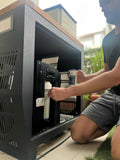
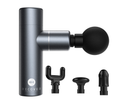





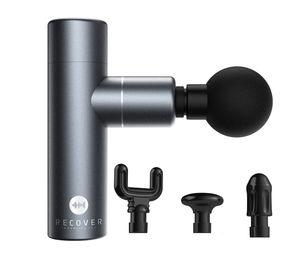
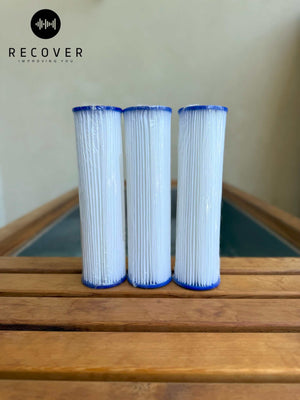

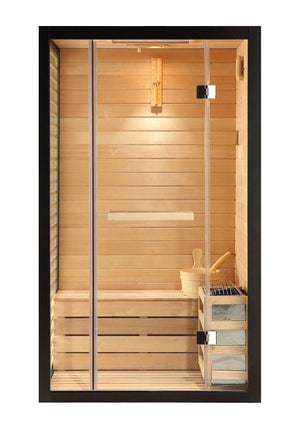

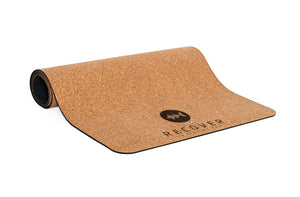

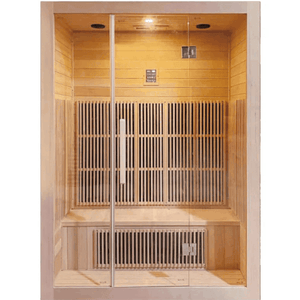
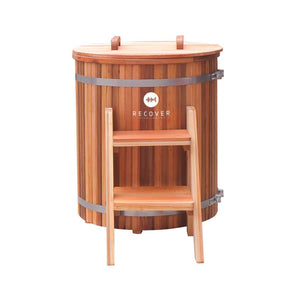
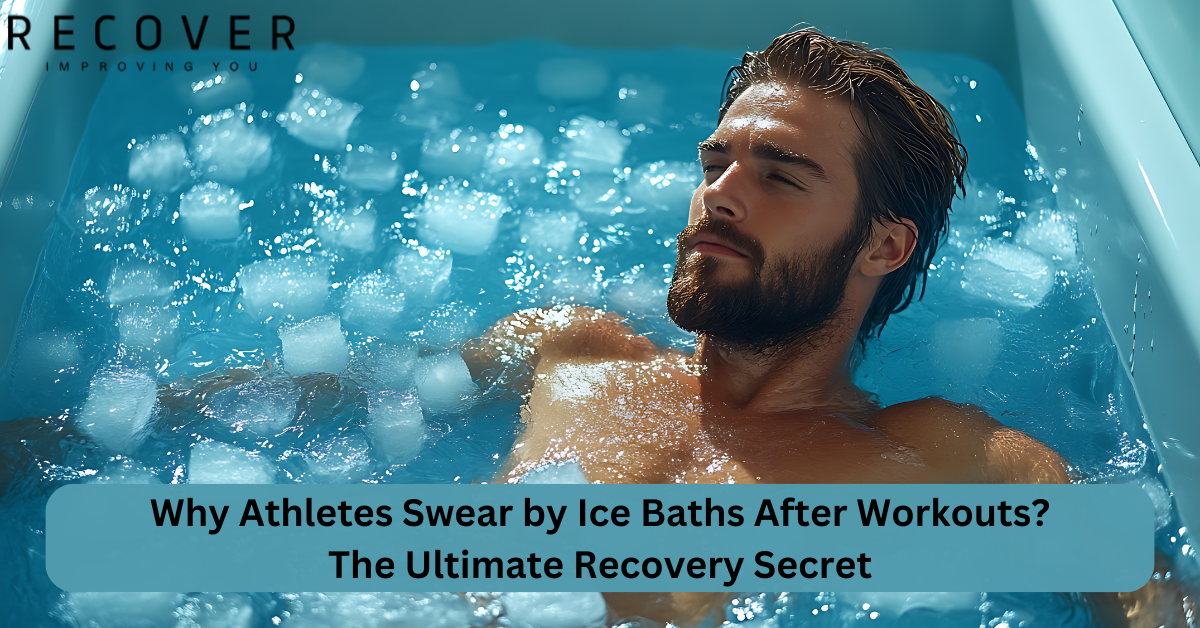
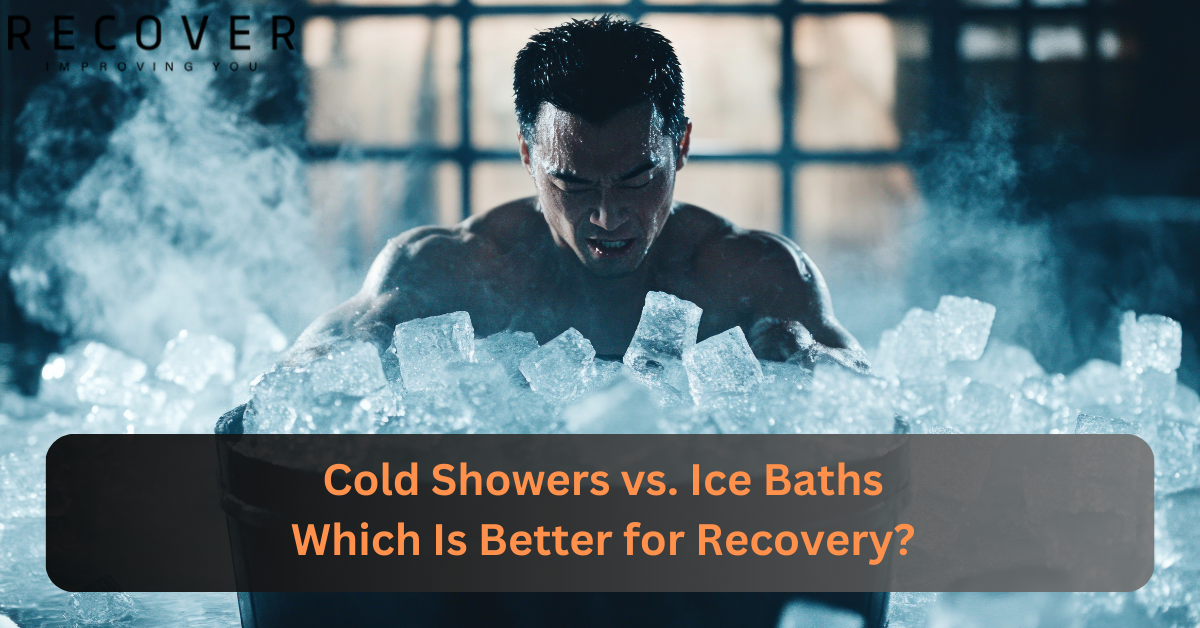
Leave a comment
This site is protected by hCaptcha and the hCaptcha Privacy Policy and Terms of Service apply.